Foreign exchange (forex) rates represent the value of one currency relative to another. These rates are critical in global trade, investments, and finance, influencing economies and businesses worldwide.
Numerous factors drive fluctuations in forex rates, including economic policies, geopolitical events, and market sentiment, and by understanding these factors, you can better predict currency movements and make well informed trading decisions.
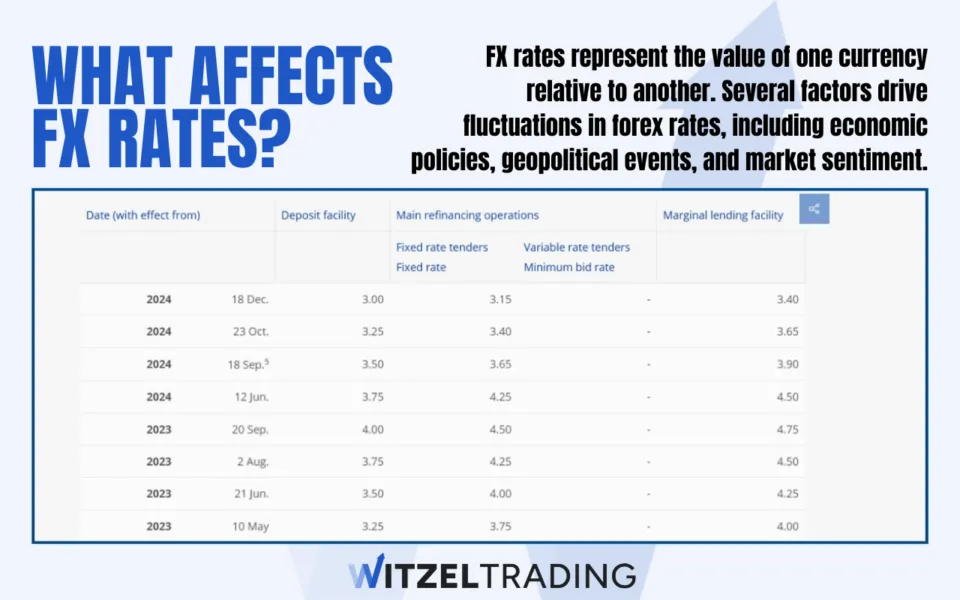
List of Key Factors affecting Foreign Exchange Rates
- Interest rates: Central banks set interest rates, which influence currency value through yields
- Inflation rates: Higher inflation generally weakens a currency
- Economic growth data: Strong GDP growth supports a stronger currency
- Political stability and risks: Political uncertainty typically devalues a currency
- Trade balances: Surpluses and deficits affect the demand for currencies
- Central bank policies: Monetary policy decisions impact forex rates significantly
- Market sentiment: Speculation and investor behavior cause short-term volatility
- Public debt levels: High debt can weaken confidence in a currency
- Geopolitical events: Wars, sanctions, and treaties influence market perceptions
- Supply and demand: Basic economic principles also shape forex rates over time
A Detailed Explanation of each Influencing Factor:
1. Interest Rates
Interest rates are one of the most influential factors in determining forex rates.
Central banks like the Federal Reserve or the European Central Bank, adjust interest rates to achieve national economic goals.
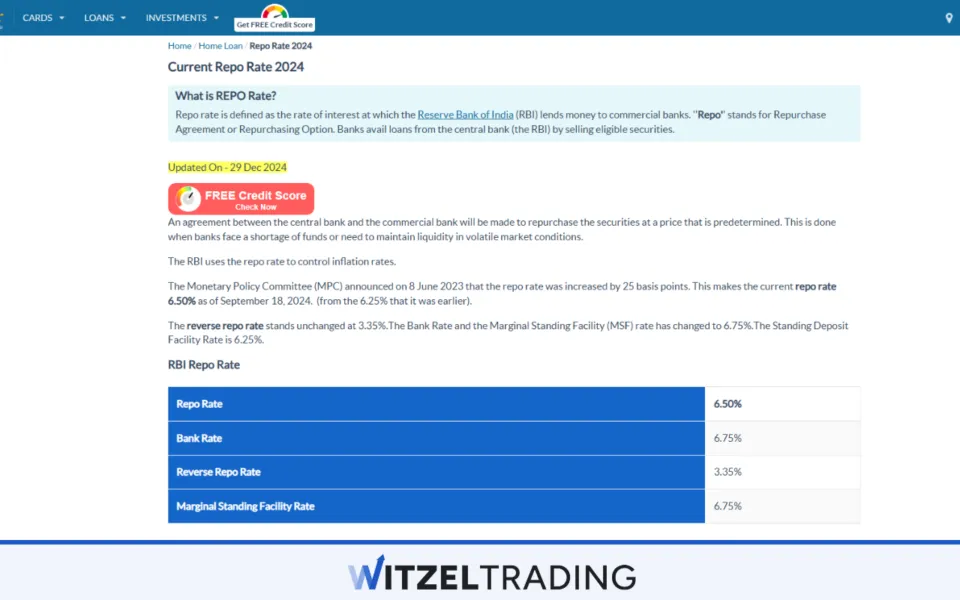
A higher interest rate attracts foreign investment, increasing demand for a currency and strengthening it.
Conversely, lower rates tend to weaken a currency, as investors seek higher returns elsewhere.
| Example | Rate decision | Currency impact |
|---|---|---|
| U.S. Federal Reserve (Fed) | Raised rates (2022) | USD appreciated; DXY index up 15% |
| Reserve Bank of India | Increased rates (2023) | INR stabilized against USD |
| European Central Bank | Cut rates during COVID (2020) | EUR weakened temporarily |
2. Inflation Rates
In a nutshell, inflation reflects the rate at which prices for goods and services increase in an economy.
Low inflation is associated with stable currency values, while high inflation erodes purchasing power for the citizenry, and weakens the currency at large.
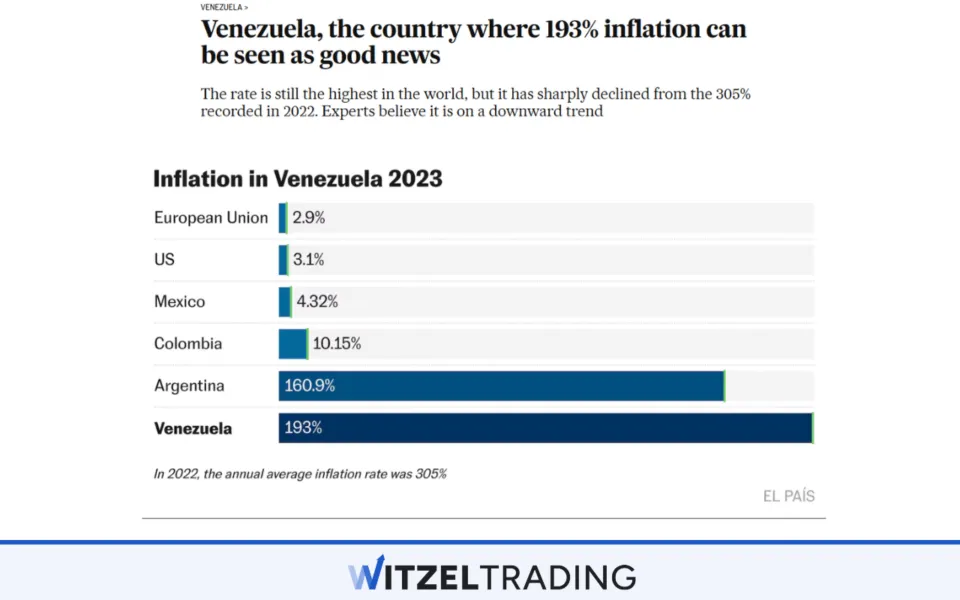
Central banks often use interest rate policies as a mechanism to manage inflation, making these two factors interlinked, which is why forex traders frequently look to rising, falling, or otherwise stable inflation rates to predict longer term currency values.
| Country | Inflation rate in 2023 | Impact on currency |
|---|---|---|
| Turkey | 57% | TRY depreciated significantly |
| Germany | 2.5% | EUR remained stable |
| Venezuela | Hyperinflation (300%+) | Bolivar collapsed |
3. Economic Growth Data
GDP growth rates, employment levels, and industrial production are key indicators of any country’s economic strength.
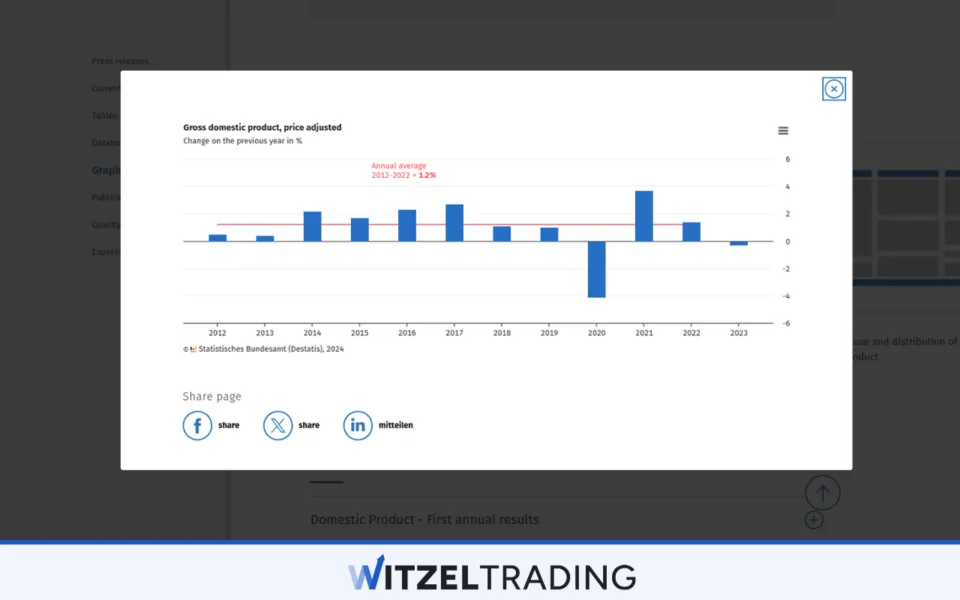
A growing economy attracts foreign investment, in turn bboosting demand for its currency.
On the flip side, economic contractions or recessions in a country’s economy weaken the currency.
| Country | GDP growth (2022) | Currency trend |
|---|---|---|
| China | 5.3% | CNY appreciated slightly |
| UK | 0.3% | GBP depreciated |
| India | 6.8% | INR strengthened |
4. Political Stability and Risks
Stable political environments attract investment, strengthening the local currency, whereas political unrest or uncertainty, such as elections, coups, or corruption scandals, can deter investment and devalue the currency.
Heads of states often need to count their words carefully, as negative reporting of their announcements can tip broad perceptions of a country overnight.
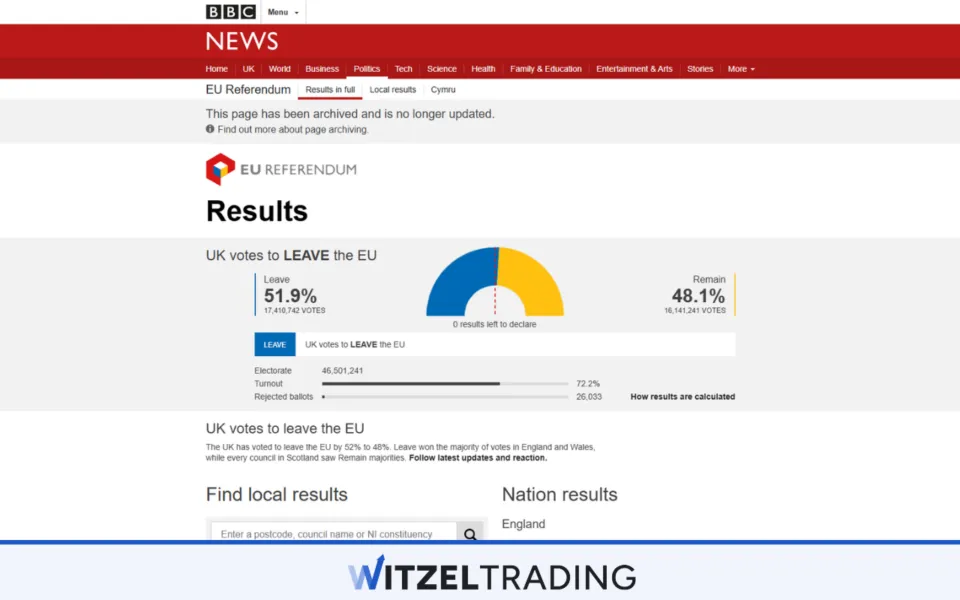
Investment is by definition conservative, and the potential for political turmoil within a country (that will disrupt economic activity) suggests high risks that wise investors will avoid.
A reputation as a high-risk investment destination can be extremely hard to shake off, even if political stability is restored and economic activity resumes after a moment’s upset.
| Event | Political Outcome | Currency Impact |
|---|---|---|
| Brexit (2016) | UK left the EU | GBP fell 10% in a single day |
| US Debt Ceiling Crisis (2023) | Temporary resolution | USD volatility increased temporarily |
| Sri Lanka protests | Government collapse | LKR depreciated significantly |
5. Trade Balances
A country’s trade balance refers to the difference between its exports and imports.
A trade surplus (where there are more exports than imports) increases demand for the local currency, strengthening it.
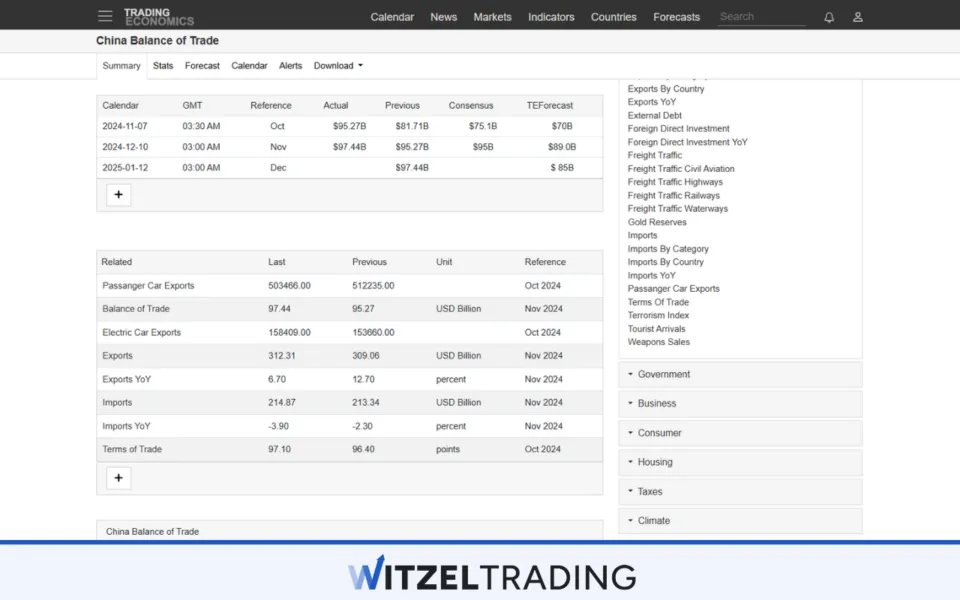
Conversely, a trade deficit (in an import-dependent country) weakens the currency.
Note that some counties are indeed import-dependent for almost all of their goods, yet might have, for example, crude oil as a major export, tipping the trade balance in their favor.
| Country | Trade Balance (2023) | Currency impact |
|---|---|---|
| China | Trade surplus | CNY strengthened |
| US | Trade deficit | USD faced temporary weakness |
| Japan | Trade surplus | JPY appreciated slightly |
6. Central Bank Policies
The biggest news when it’s news, central banks influence forex rates through monetary policies like quantitative easing (QE), tightening, or direct interventions.
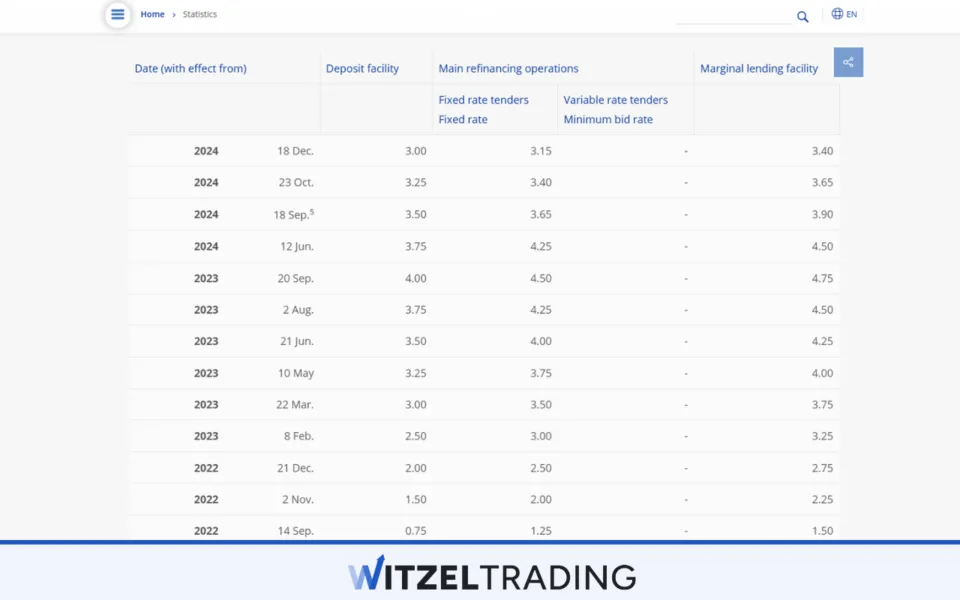
These policies of theirs aim to stabilize inflation, support employment, and influence currency values in the national interest, and they always hold the potential for major ramifications for long-term forex trends.
Indeed, for many traders, central bank announcements are the yardstick they employ to formulate their broad understanding of a currency.
| Central bank | Policy | Currency impact |
|---|---|---|
| Bank of Japan | Currency intervention (2023) | JPY appreciated temporarily |
| ECB | Raised rates (2023) | EUR appreciated |
| US Federal Reserve (Fed) | QE tapering (2021) | USD strengthened |
7. Market Sentiment
Forex markets are highly influenced by trader sentiment and speculation.
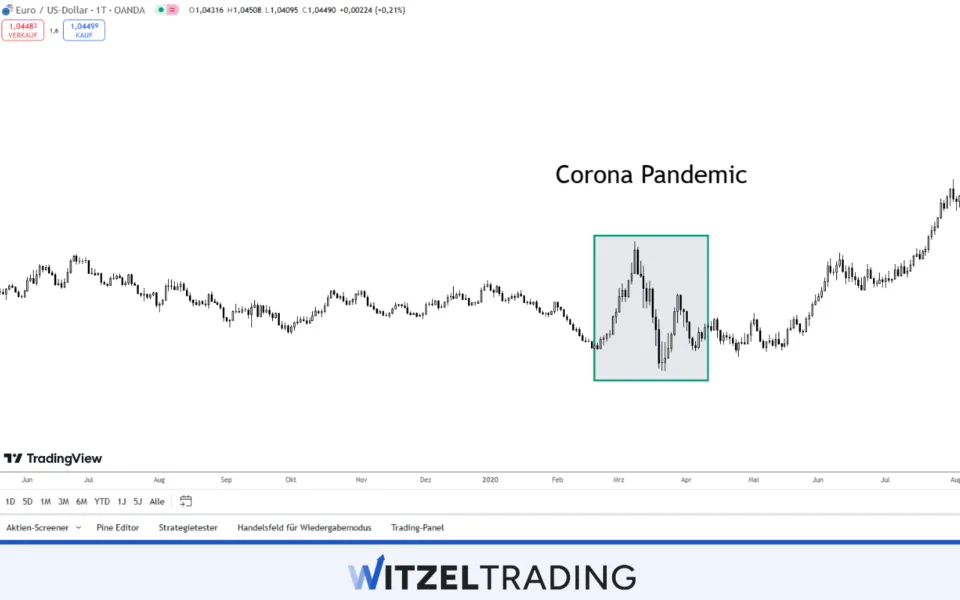
When markets are broadly bullish on a currency, its demand rises, and it strengthens.
On the other hand, negative sentiment or fear often drives sell-offs, which weaken the currency in short order.
| Scenario | Sentiment | Currency impact |
|---|---|---|
| COVID-19 Pandemic | Risk aversion | USD and JPY strengthened |
| Bitcoin rally of 2021 | Risk-on sentiment | USD weakened against emerging currencies |
| 2022 USD Bull Run | Positive USD speculation | USD appreciated globally |
8. Public Debt Levels
Countries with high levels of public debt face challenges in attracting foreign investment, as investors fear the risk of default.
This perception often leads to a weaker currency, as irresponsible overspending by the country’s current or previous government goes hand in hand with debt restructuring or wholesale default in the minds of investors.
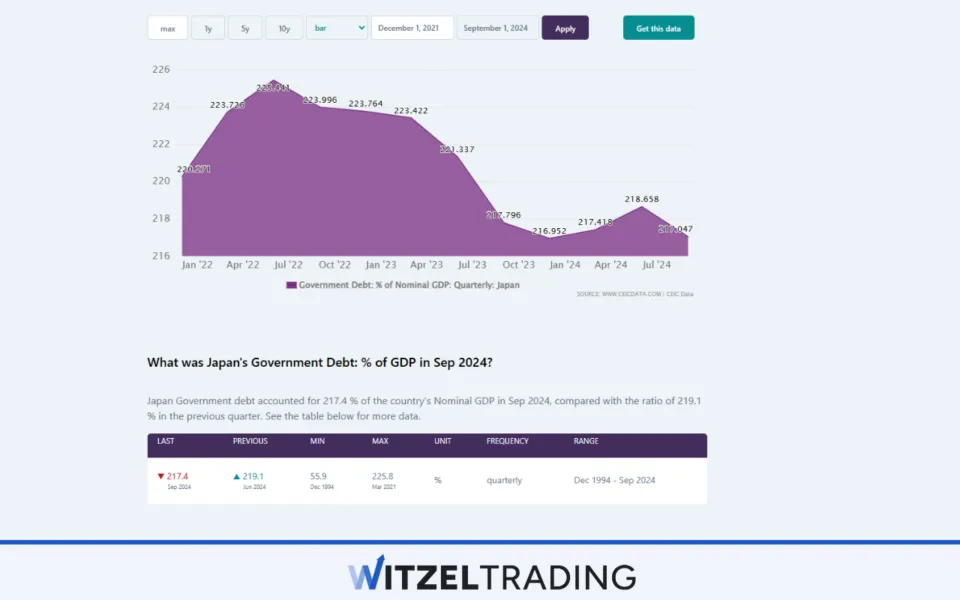
The reason why the US ticks so many boxes yet gets away with it is largely because of the USD’s role as the global reserve currency, although BRICS and other worldwide economic factors are starting to erode this hegemony.
| Country | Debt-to-GDP ratio | Currency impact |
|---|---|---|
| Japan | 260% | JPY remains weak |
| Germany | 68% | EUR remains relatively strong |
| Argentina | High debt defaults | ARS devalued repeatedly |
9. Geopolitical Events
Events such as wars, imposed sanctions, and even trade agreements, can cause volatility in forex markets.
Conflicts reduce investor confidence in affected regions, weakening their currencies, and this can include a war of words when nations clash over trade agreements.
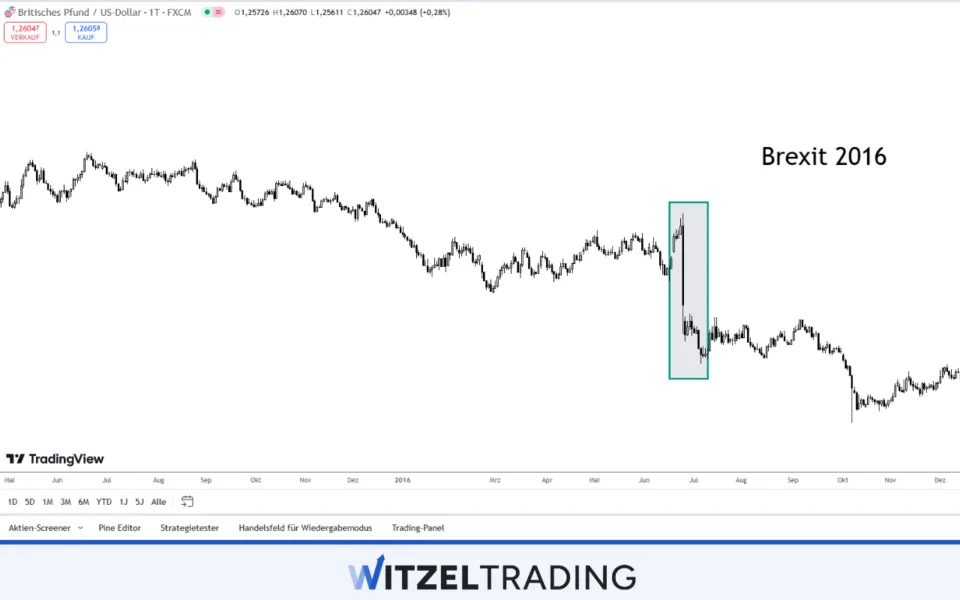
Moreover, regional hostilities that generate tit-for-tat partial or wholesale sanctions between nations impact their currency’s value in the markets.
| Event | Geopolitical outcome | Currency impact |
|---|---|---|
| Russia-Ukraine War | Sanctions on Russia | RUB depreciated sharply |
| US-China Trade War | Tariffs increased | CNY volatility increased |
| Brexit (2016) | UK exited the EU | GBP lost significant value |
10. Supply and Demand
Currency values are ultimately also determined by the dynamics of supply and demand.
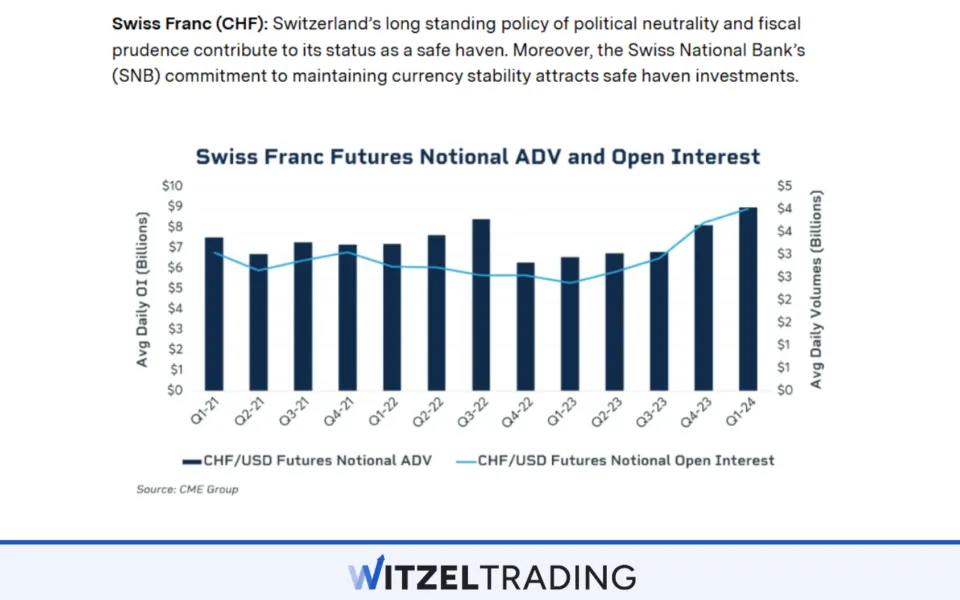
A high demand (e.g. for reserve currencies like USD) invariably strengthens a currency, while oversupply weakens it.
| Currency | Supply/demand factor | Result |
|---|---|---|
| USD | Global reserve currency | Consistently high demand |
| Venezuelan bolivar | Excessive printing | Hyperinflation, collapse |
| Swiss franc (CHF) | Safe-haven demand | Appreciates during crises |
It is important to consider the factors that can change exchange rates. A trader should incorporate this into his trading setups.
Conclusion
Understanding the key factors affecting forex exchange rates is vital for you to be able to navigate the somewhat complex and often volatile currency markets.
Cultivating the knowledge of these factors can help predict movements that lead to trade setups, and allow you to manage risks effectively.
Recognizing the interplay between economic indicators, geopolitical events, and market sentiment (understanding the major considerations) allows you to make logically informed decisions, ultimately improving your trade outcomes.
Sign up for the WR Trading course where we’ll go over each input in detail, allowing you to put it all together into a cohesive trading strategy.
Frequently Asked Questions on Factors that affect Forex Exchange Rates
What is the most important factor that influences Forex Exchange Rates?
Interest rates are often considered the most critical factor influencing forex rates. Central banks adjust interest rates to manage inflation and economic growth, and these changes directly impact the demand for a country’s currency. Higher interest rates typically attract foreign investment, strengthening the currency, while lower rates weaken it.
How does inflation impact a currency’s value?
Inflation has an effect upon a currency’s purchasing power. When inflation rises, it erodes the value of money, making a country’s currency less attractive to investors. Conversely, low or stable inflation strengthens the currency by maintaining its purchasing power and fostering economic confidence.
Can Geopolitical Events cause long-term changes in Forex Rates?
Yes, geopolitical events like wars, trade agreements, and sanctions can lead to long-term currency impacts. For example, the Russia-Ukraine war initially caused significant devaluation of the Russian ruble, while Brexit weakened the British Pound due to economic uncertainties.
Why is the Trade Balance important for Exchange Rates?
A trade surplus (more exports than imports) increases demand for a country’s currency, as foreign buyers must purchase the local currency to pay for goods. A trade deficit has the opposite effect, leading to a weaker currency due to higher demand for foreign currencies.
How do central bank policies like Quantitative Easing affect currencies?
Quantitative easing (QE) increases money supply by purchasing government securities, often weakening the currency. For instance, during the COVID-19 pandemic, the U.S. Federal Reserve’s QE policies temporarily weakened the USD as more dollars circulated in the economy.
Can the public debt affect investor confidence in a currency?
Yes, high public debt can reduce investor confidence. Investors may fear that a country might struggle to repay its debt, leading to a weaker currency. As an example, Argentina’s frequent defaults have consistently devalued its currency, the Argentine peso.


